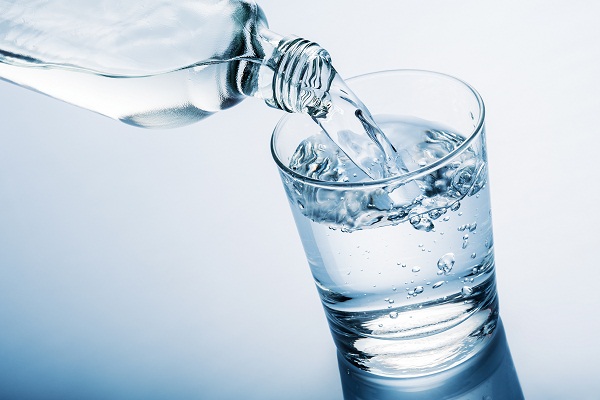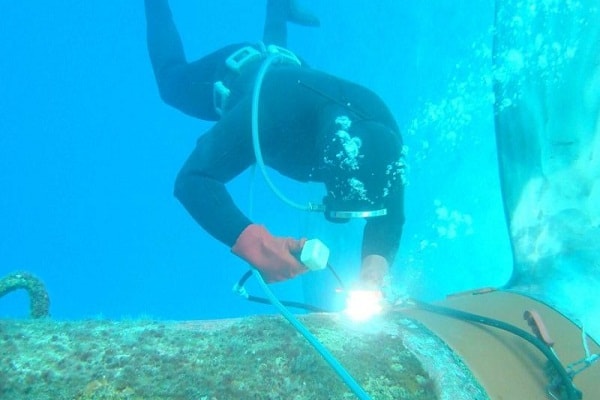A low-cost, highly efficient desalination system that uses solar energy to remove salt from seawater has been developed by a team of Chinese researchers.
When sunlight strikes the titanium layer, it heats rapidly and vaporises the water. By placing the unit in a transparent container with a sloped quartz roof, the water vapor can be condensed and collected, producing a copious amount of freshwater.
“In the solar energy field, TiNO is a common commercial solar-absorbing coating, widely used in solar hot water systems and in photovoltaic units,” said Chao Chang, author of the study. “It has a high solar absorption rate and a low thermal emittance and can effectively convert solar energy into thermal energy.”
The team developed a method for depositing a layer of TiNO using a technique known as magnetron sputtering.
They used a special type of highly porous paper known as airlaid paper that acts as a wicking material to supply water from the seawater reservoir. Airlaid paper is made from wood fibres and is commonly used in disposable diapers.
The evaporation unit was formed from three parts: the TiNO layer on top, a thermal insulator and the airlaid paper on the bottom.
“The porous airlaid paper used as the substrate for the TiNO solar absorber can be reused and recycled more than 30 times,” said Chang.
While the team was concerned that salt precipitation on the TiNO surface could interfere with efficiency, they found that even after a long time, no salt layer formed on the surface.
They suggest the porous nature of the paper wicks away any salt that might form on the surface, returning it to the seawater reservoir.
The salinity of ordinary seawater is over 75,000mg of salt per litre. Ordinary drinking water has a salinity of about 200mg per litre. The desalination unit was able to decrease the seawater salinity to less than 2mg per litre.
The researchers believe their combination of low cost, high efficiency and lack of fouling for this desalination technology shows it has the potential to help solve the world’s freshwater shortage.
In 2018, scientists based in Florida proposed a carbon-free way to desalinate water using geothermal energy.
Source: eandt.theiet










